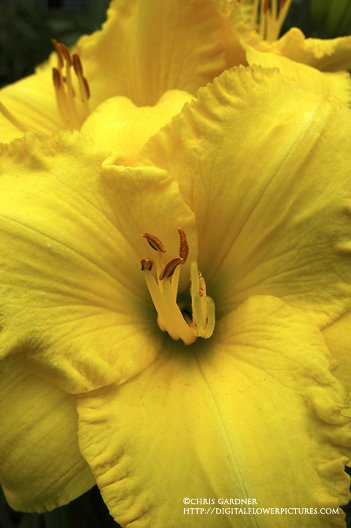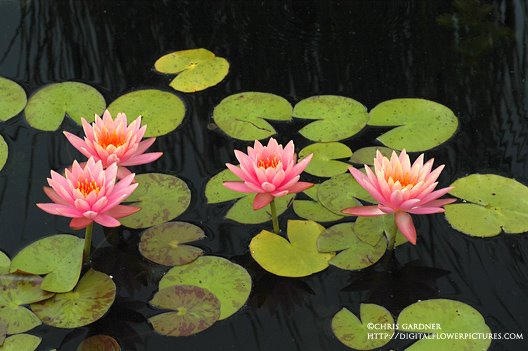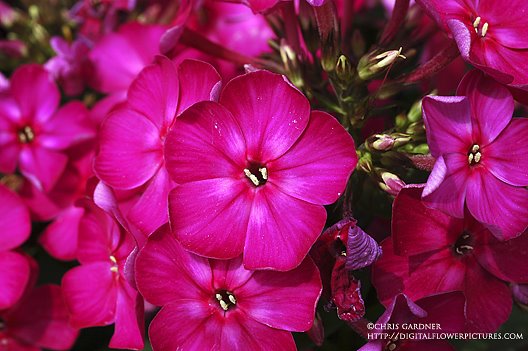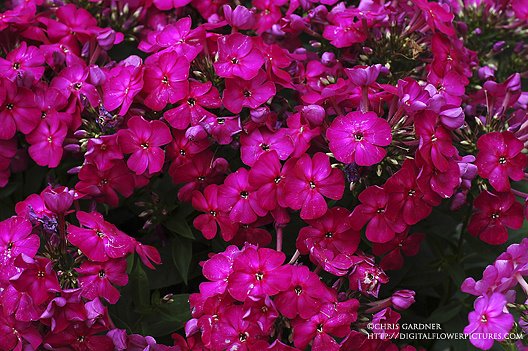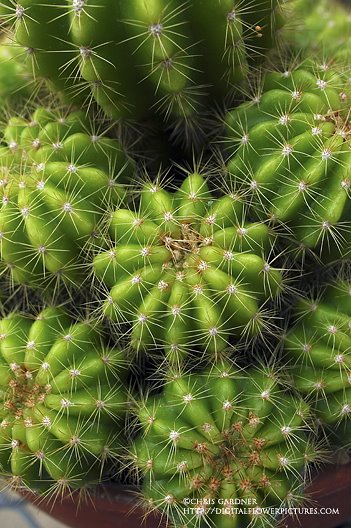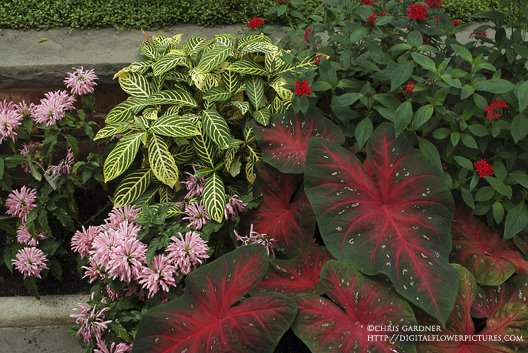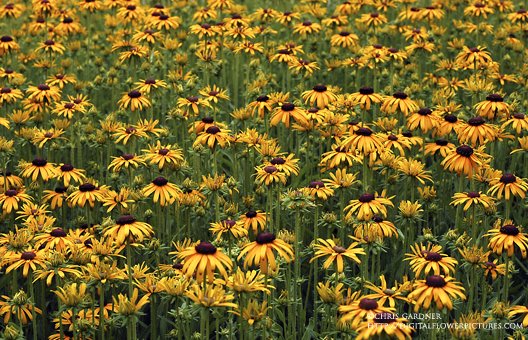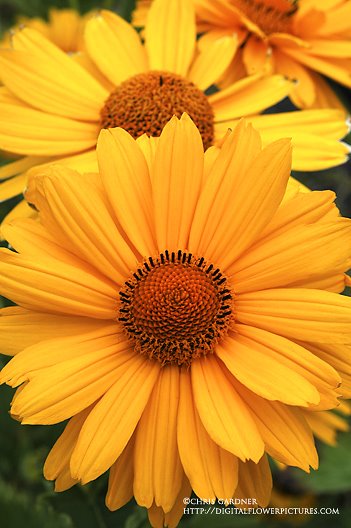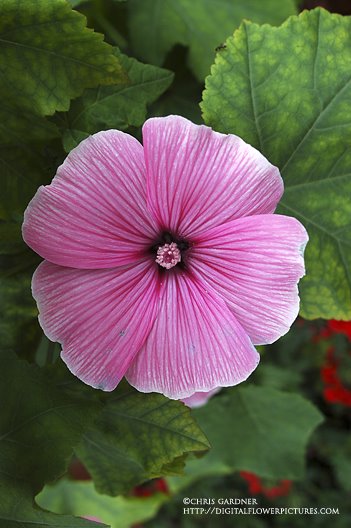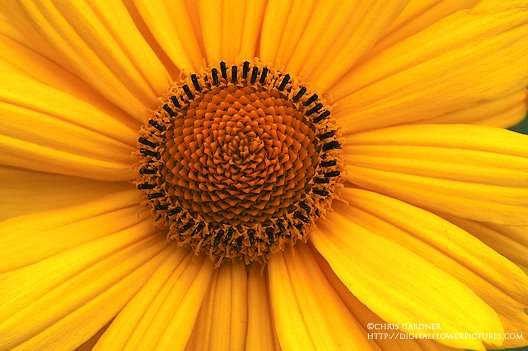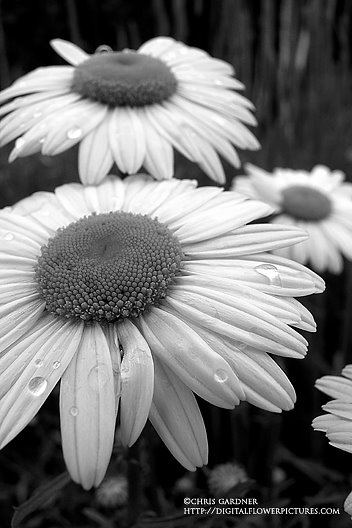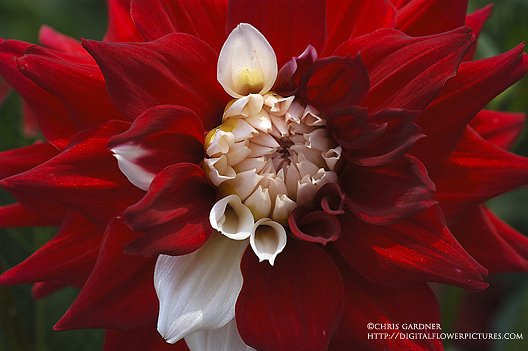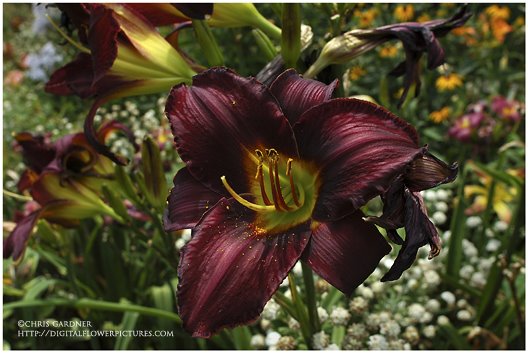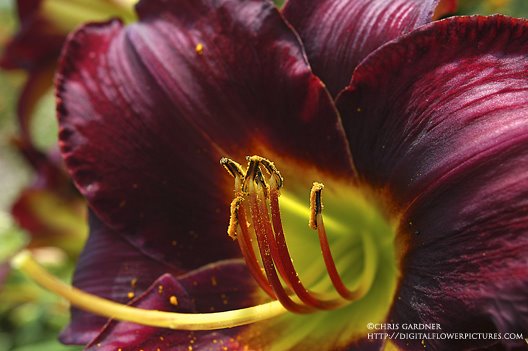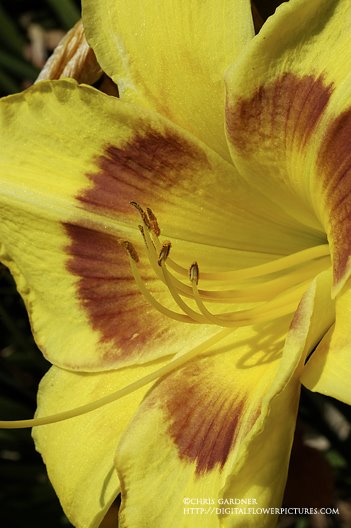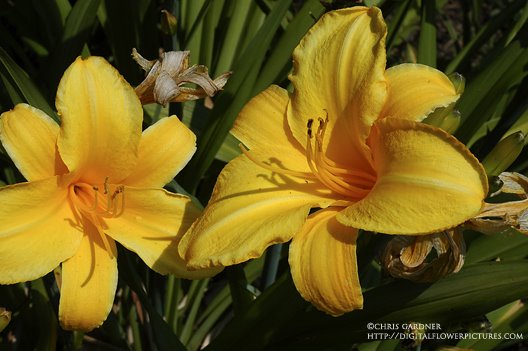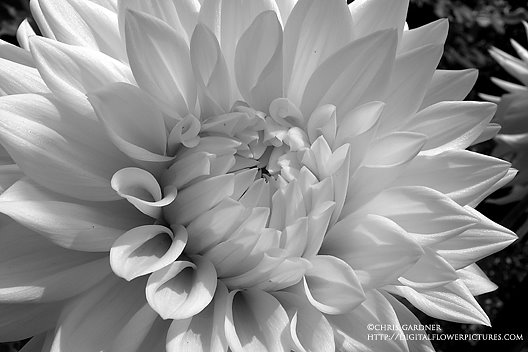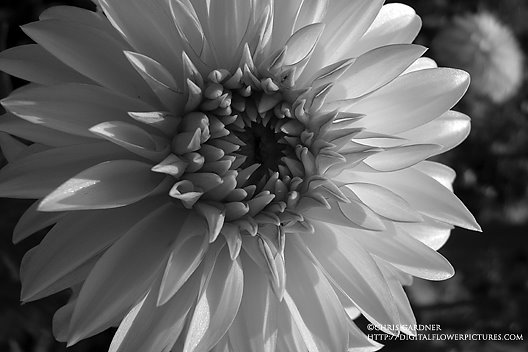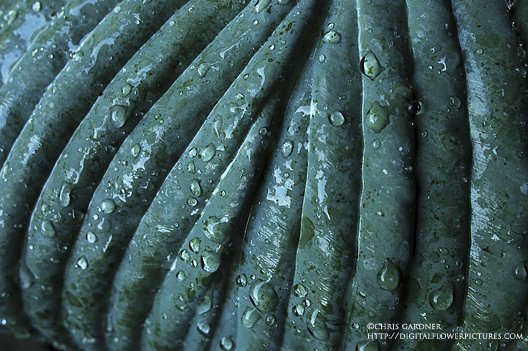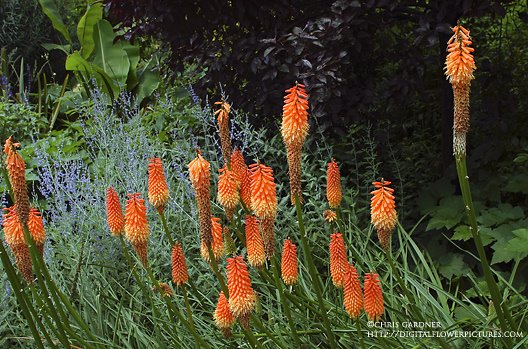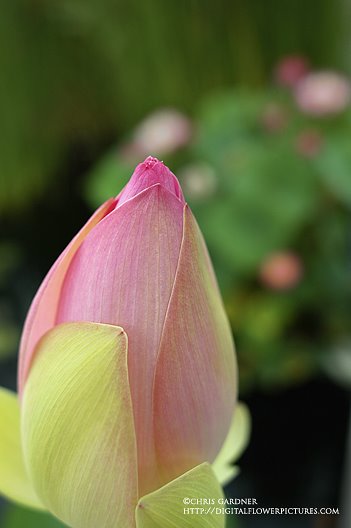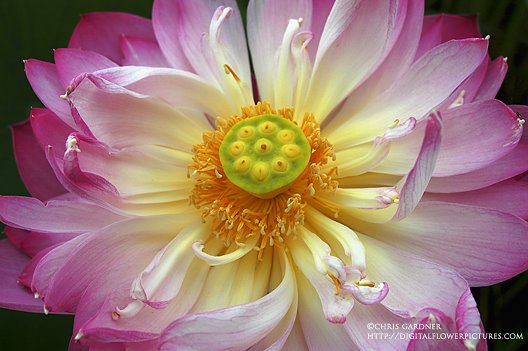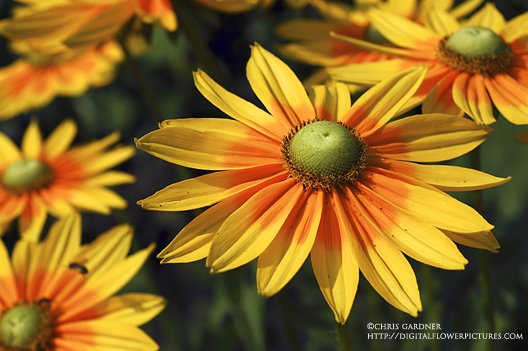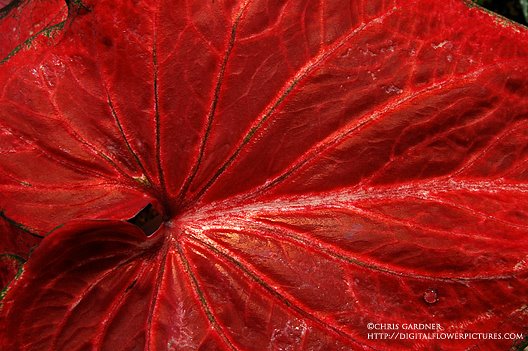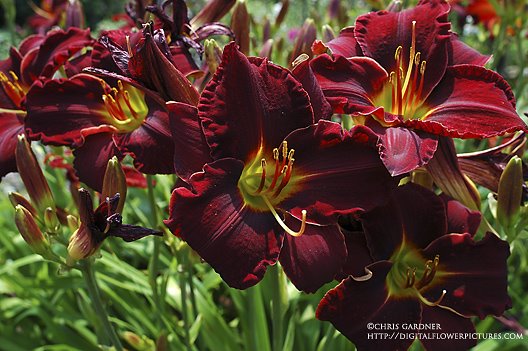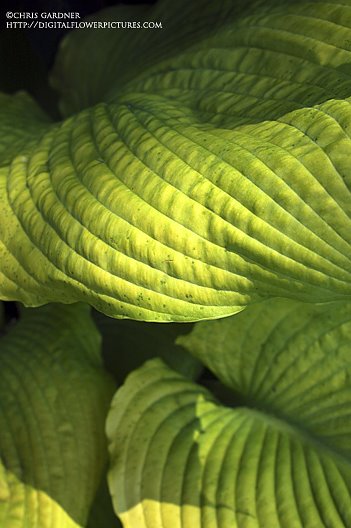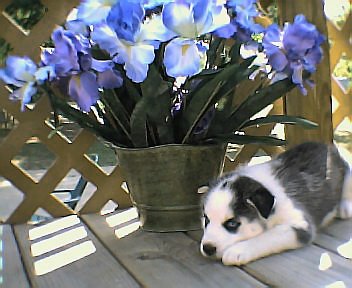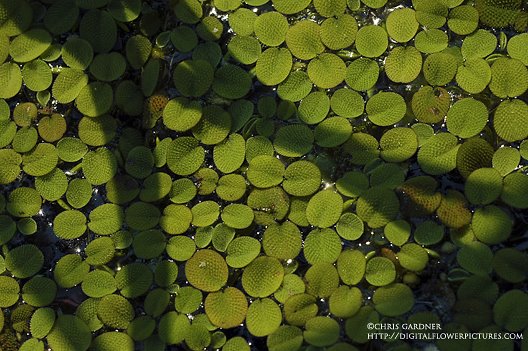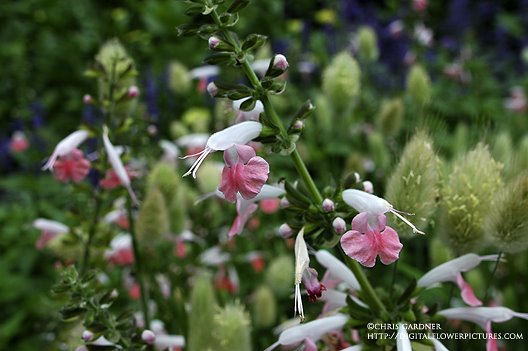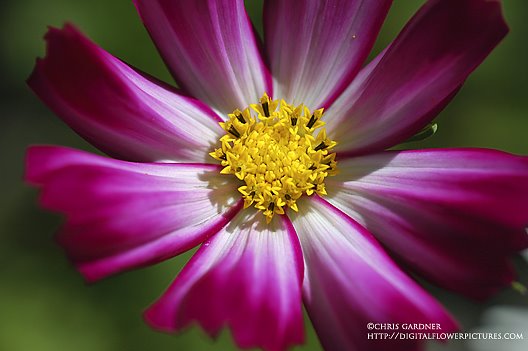

Garden Bloggers Bloom Day
July 2008
If you are here for Ruby Tuesday or Wordless Wednesday please scroll down to the next post. As always thanks for visiting.
There was quite a bit blooming in the garden yesterday when I took these pictures. At first I was only going to use the 24mm lens but I chickened out and used the 60mm for some of the shots. There were enough things flowering that I could continue this post tomorrow. There will probably be a lot of people posting Daylilies. Seems we are right about in the mid-season for them here in Connecticut. The early varieties have gone by and some of the later ones are still in bud. This one is unusual since it is all by itself out in the deer infested part of the garden. I don’t remember planting it but it is too nice and too far away to be a seedling.
The Coneflowers have been terrific this year and they will have to have their own post coming up soon. This is a seed grown variety. It seems to have petals that reflex down more and a lighter color than the more showy cultivars. I have a little experiment going. I am only taking the seed from the flowers that have the most downward pointing petals and using that. It isn’t scientific or anything just seeing if I can keep that trait going. There has to be a few thousand seed grown Coneflowers at the big garden now. I have been spreading the seed in rough areas and along the roads for several years now. It is fun to see the different variations.
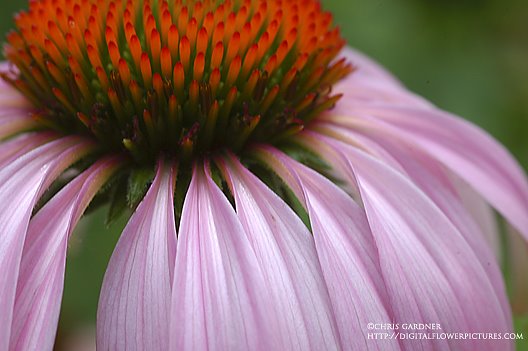
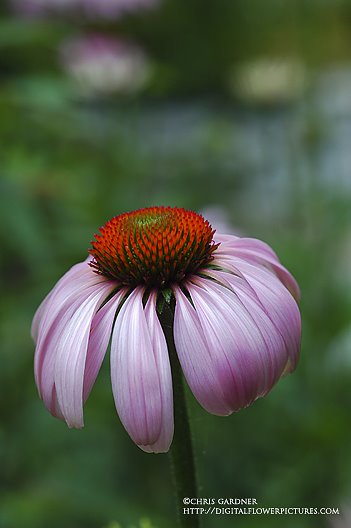
The Hydrangea macrophylla have been very good this year. This hedge had a lot of blooms but the rain knocked them to the ground. I sprinkled the chemical to turn blue sporadically down the hedge and I like all the color variations it produced.

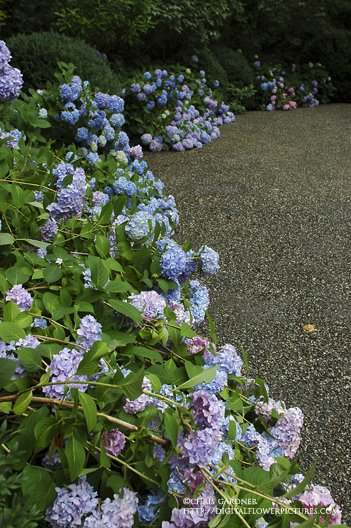
This next plant is Small Globe Thistle (Echinops ritro). I know some can’t get over planting a Thistle but it is nice to have in the garden. It grows in crummy soil and doesn’t need too much water. I like mixing in with other plants because the basal leaves sometimes don’t look great when it gets to flowering time. I saw a huge planting of these with Coneflower, which was quite striking. There is also a white version that I am growing for the first time this year. It seems a little smaller and more compact. It has done well and is on the ‘plant again’ list.
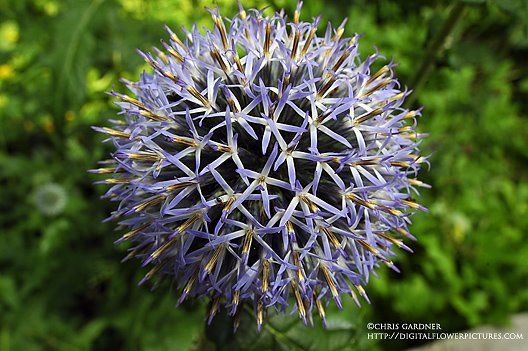
Looking forward to seeing all the cool things everybody else has. Visit
Carol for other Bloom Day Posts
